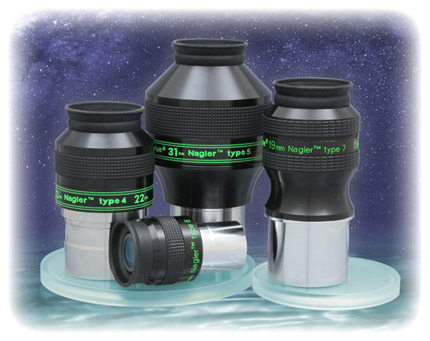
-
Astro Sketching the Universe! (9/14/2019)
Pekka Rautajoki sketches the Sun, Moon, planets and the deep space sky with Tele Vue gear and reveals his thoughts on the Tele Vue-85 APO refractor and Ethos, Nagler, Nagler Planetary Zoom, and Panoptic eyepieces. -
Return to the Moon with Michel Deconinck (2/15/2019)
From the South of France, this artist, with a background in nuclear physics, engineering and astrophysics, creates astronomical sketches and paintings that have been published in magazines, scientific journals, and displayed at conferences and school events. In this blog post we feature his use of Tele Vue Delos and Nagler eyepieces. "About eyepiece contrast quality: this is a very important feature for sketchers. With all Tele Vue eyepieces the contrast quality is always better than with any other eyepiece I have from different manufacturers."

I also tested their 13mm Nagler Type 6, which yields an exceptional, wide-field, 36x view. The 40x (or so) wide field view is becoming one of my favorite all-purpose views, with enough power for detail and enough field for locating and following birds: the best of both worlds.
— S. Ingraham. "Tele Vue Upgrades!". Better View Desired (April 2003). Full Review.Amid the dropped jaws and humorous comments were realizations that this enormous 2-inch, 2.2-pound eyepiece delivers almost the maximum field of view possible with an eyepiece of 31-millimeter focal length. Using exotic glass and six elements, it has an apparent field of 82°, a field stop 42mm in diameter, and 19-mm of eye relief. Fitted to the same telescope, the 31-mm Nagler Type 5 will show 135 percent more true sky than the 20-mm Nagler Type 2 and 82 percent more than the 22-mm Nagler Type 4, while offering nearly twice the maginfication of the Tele Vue 55-mm Plossl.
— Sky & Telescope, (Editors). "Hot Product: Pushing The Envelope". Sky & Telescope (Dec. 1999).The ultimate low-power eyepiece is the six-element 31mm Nagler Type 5.
— T. Dickenson, A. Dyer. "Eyepieces/Nagler-Class Eyepieces". The Backyard Astronomer's Guide (3rd edition). p.74 (image caption).Despite the presence of no less than seven optical elements, these [Nagler] eyepieces provide images which are noticeably brighter than those obtained with many quality orthoscopics, with superb image sharpness and contrast. Even though these oculars are quite expensive, the serious planetary observer would do well to consider employing this type.
— D. Parker, et al. Introduction to Observing and Photographing the Solar System. p. 14.Al Nagler of Tele Vue caused a sensation when he introduced the Nagler in 1982. The Nagler's success can be attributed to two important innovations: an extremely wide apparent field of 82 degrees with outstanding sharpness and exceptionally comfortable eye relief for eyepieces of very short focal length...He designed his melding of eyepiece and Barlow to operate as a single unit; that is, the aberrations of one cancel out the aberrations of the other, producing exquisitely sharp images edge to edge over an unprecedentedly wide field of view. Nagler's background of optical-systems design for visual flight simulators and his interest in amateur astronomy created the perfect match for this breakthrough.
— T. Dickenson, A. Dyer. The Backyard Astronomer's Guide.The advantages can be summarized as follows: an 82 degree wide field with unexcelled image sharpness to the extreme edge. This is true even for fast focal ratios; lateral color is very low compared with other widefield eyepieces; the eye relief is very large for a 13mm focal length... . In our view these advantages make this eyepiece one of the most remarkable optical developments for the amateur.
— M. van Venrooij. Telescope Making Magazine.




